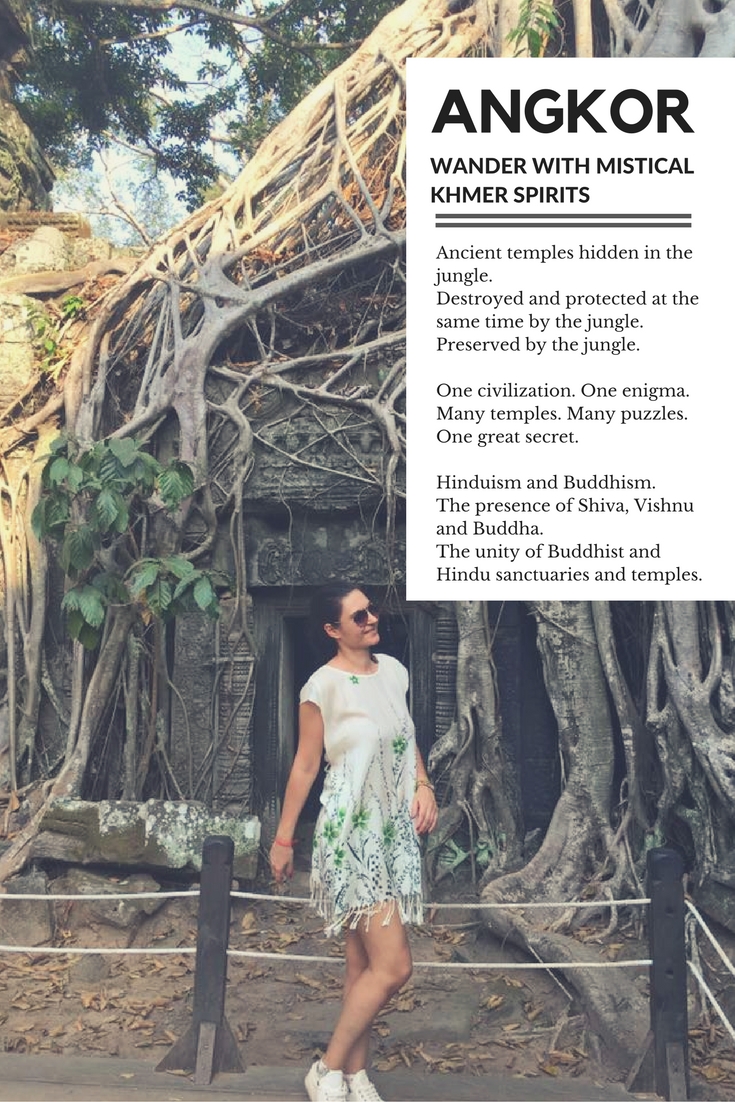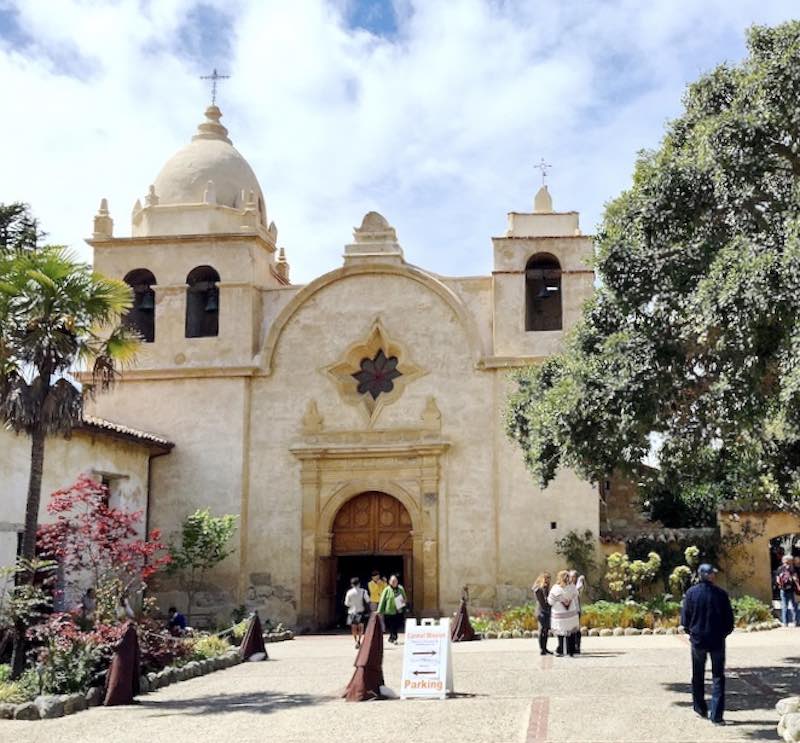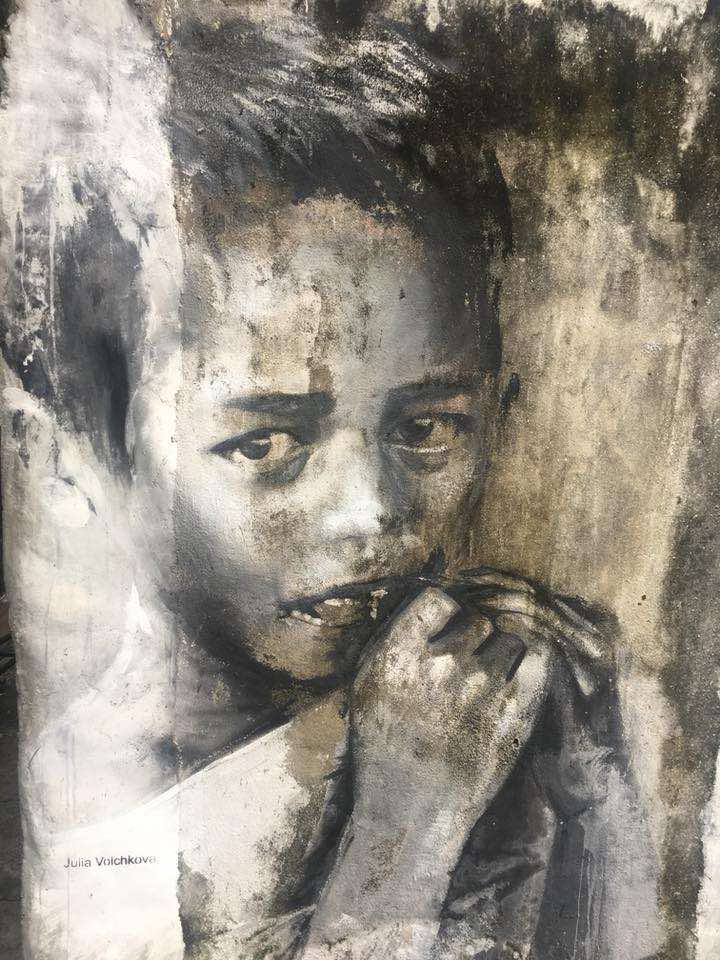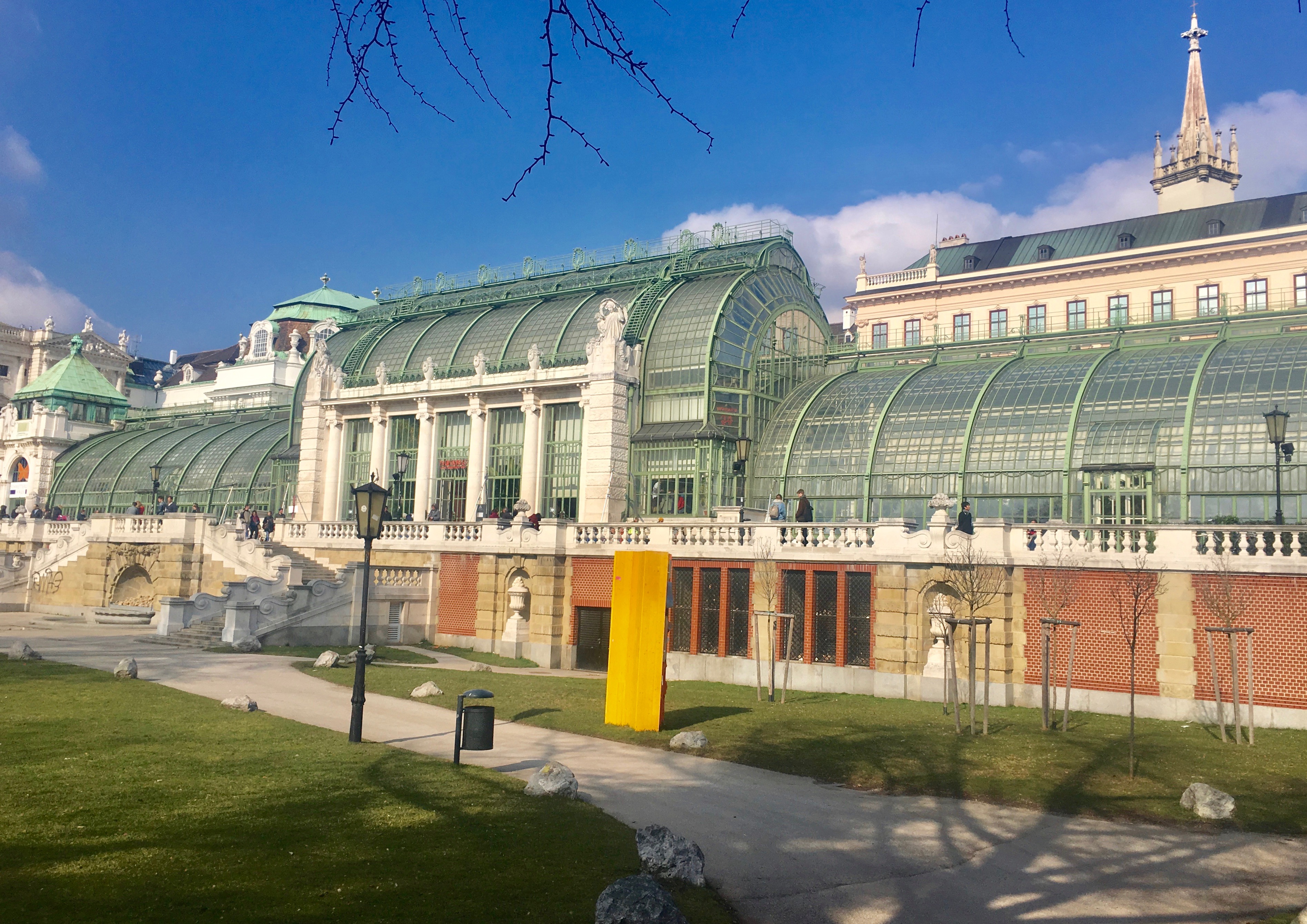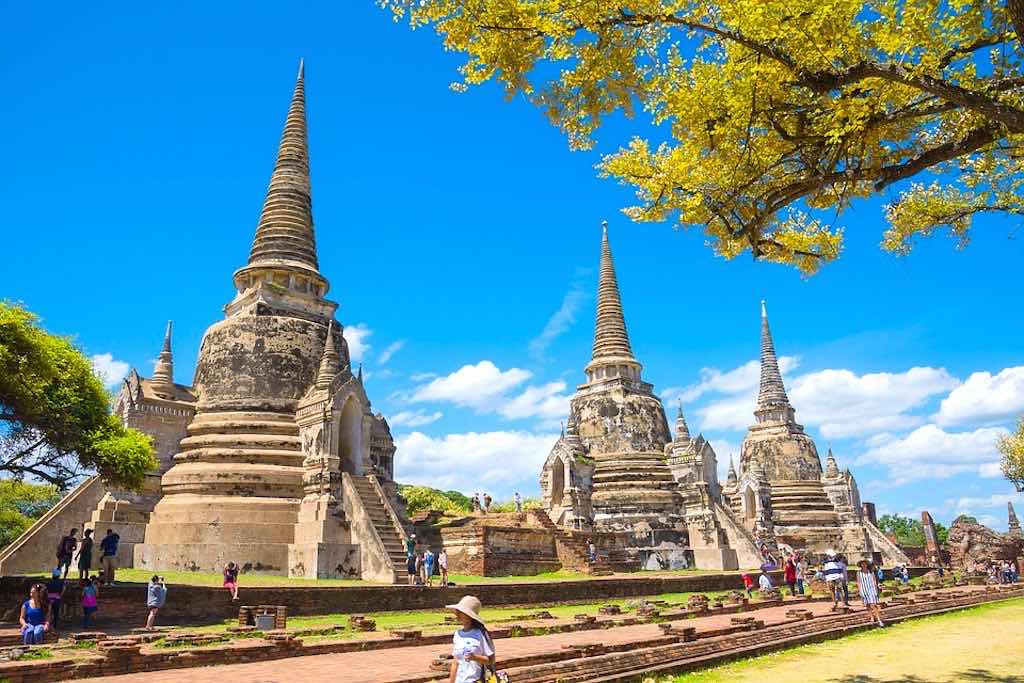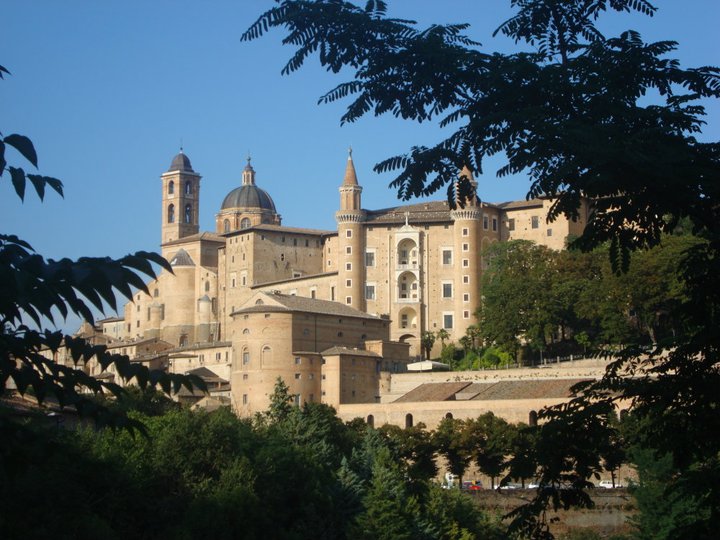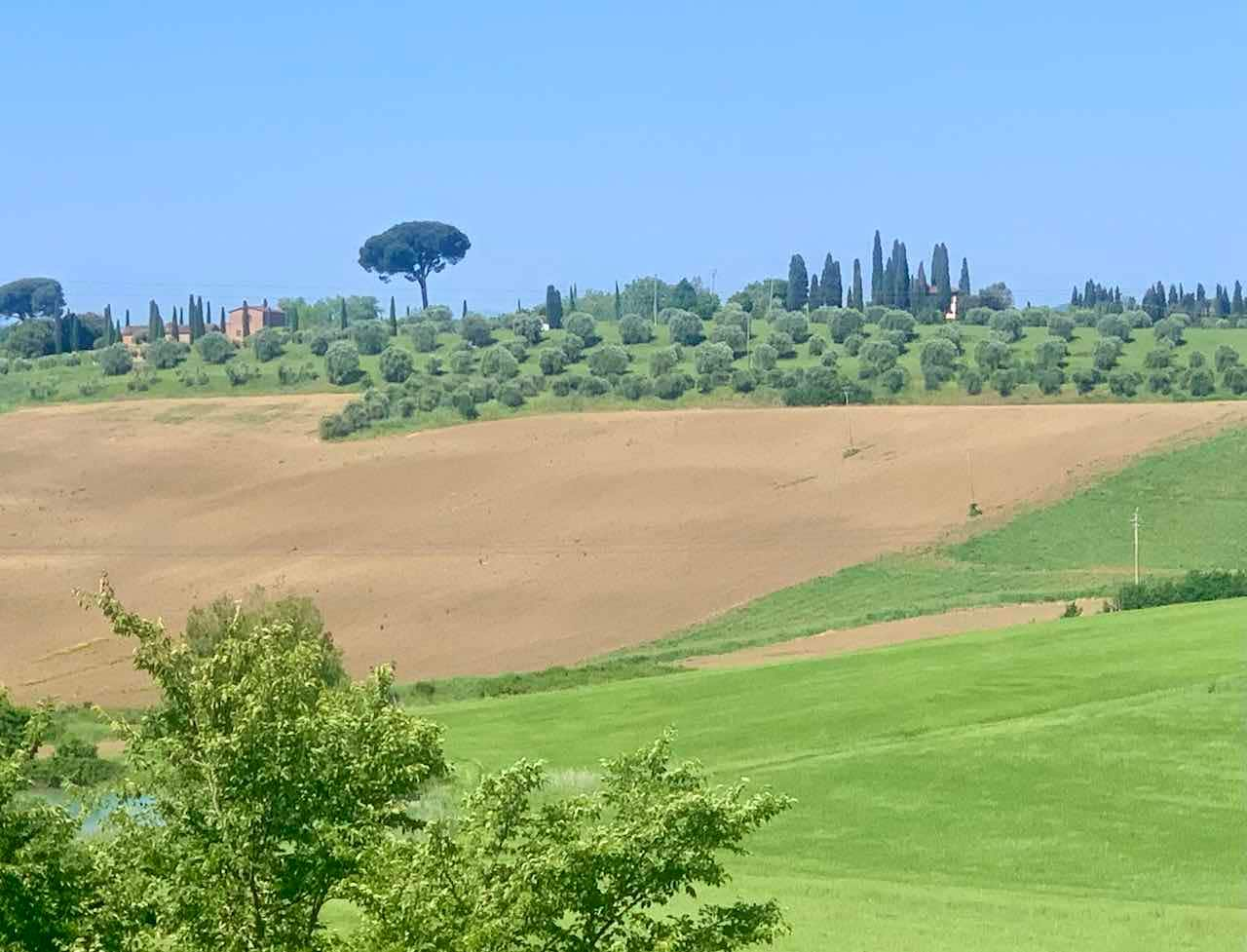Angkor: Wander with mystical Khmer spirits
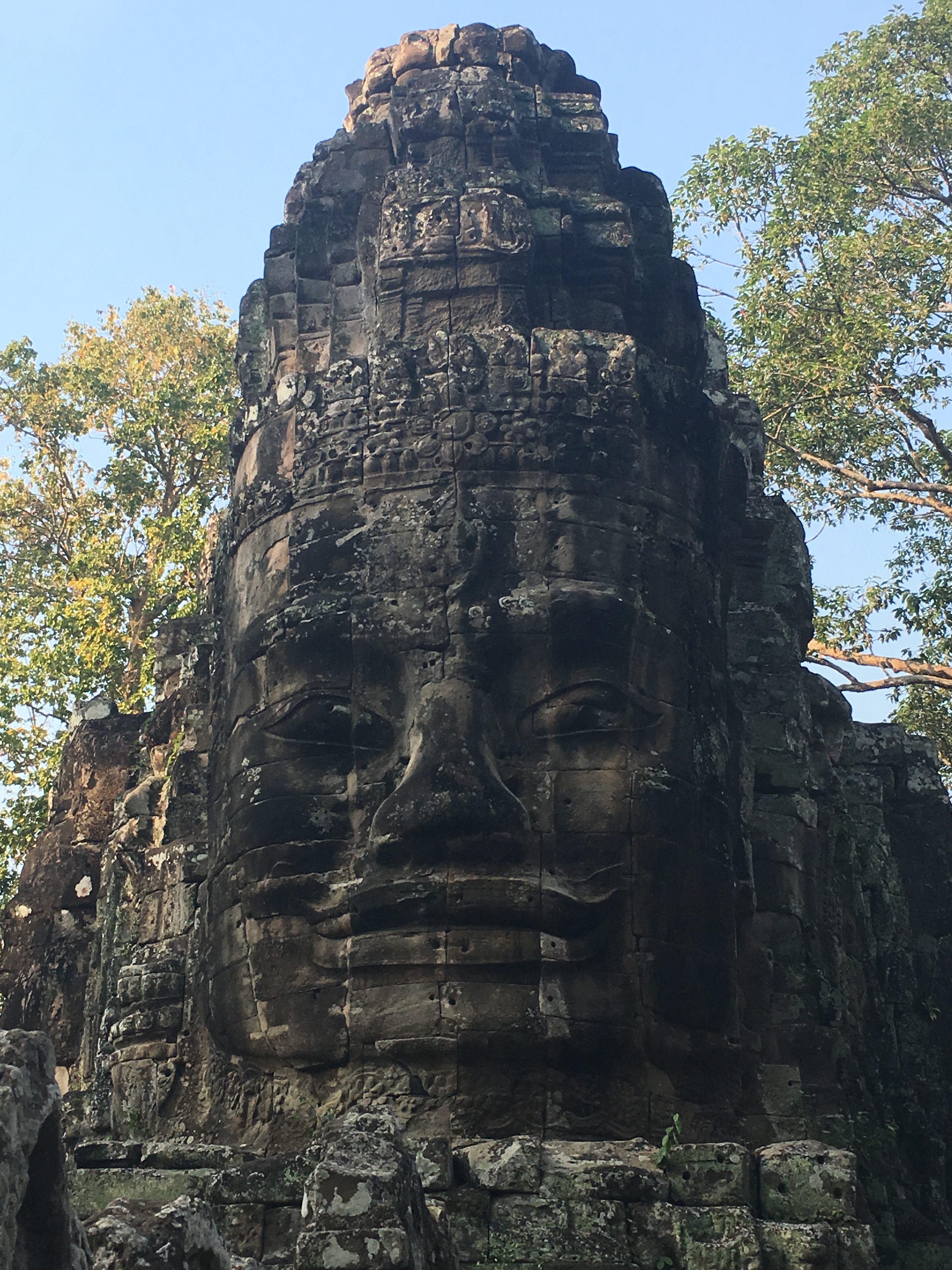
Ancient temples hidden in the jungle.
Destroyed and protected at the same time by the jungle.
Preserved by the jungle.
One civilization. One enigma.
Many temples. Many puzzles.
One great secret.
Hinduism and Buddhism.
The presence of Shiva, Vishnu, and Buddha.
The unity of Buddhist and Hindu sanctuaries and temples.
History of two religions cherished by one civilization.
History of two religions kept in the ancient walls, in the mythological and historical statues and reliefs.
History of one civilization kept in the stone.
Wander among heavenly nymphs Apsaras and mythical serpents Nagas.
Among Khmer garudas, devas and asuras.
Strolling around the promenades and the avenues, the palm trees, the pools, the libraries and the galleries, the towers, the corridors, and the courtyards.
Drifting around the staring faces of Bayon and the naga-bridges of Angkor Thom.
Around hundreds of years old tree-roots of Ta Prohm.
Admiring the mystery of Preah Khan and the magnificence of Angkor Wat.
Wander in the earthly miniature of the Universe.
Getting around a spiritual and creative expression of one civilization.
Going by mind and spirit back to the age of the creation of the Universe.
Watching and admiring the temples proudly defying time and nature.
With dignity telling the story of one civilization.
Showing the victory of one culture over time and nature.
Wander with mystical Khmer spirits.
Directory:
Apsara, a divine nymph in Hindu mythology
Naga, a multi-headed mythical serpent in Hindu mythology
Garuda, a bird transporting the god Vishnu in Hindu mythology
Devas, benevolent gods in later Vedic texts
Asuras, malevolent gods or demons in later Vedic texts
MAYBE YOU ALSO WOULD LIKE TO READ: Best places to visit in Myanmar
 Bayon, the central temple of the ancient city of Angkor Thom. Built in the late 12th or early 13th century. The best known for the gigantic face towers sculptures
Bayon, the central temple of the ancient city of Angkor Thom. Built in the late 12th or early 13th century. The best known for the gigantic face towers sculptures
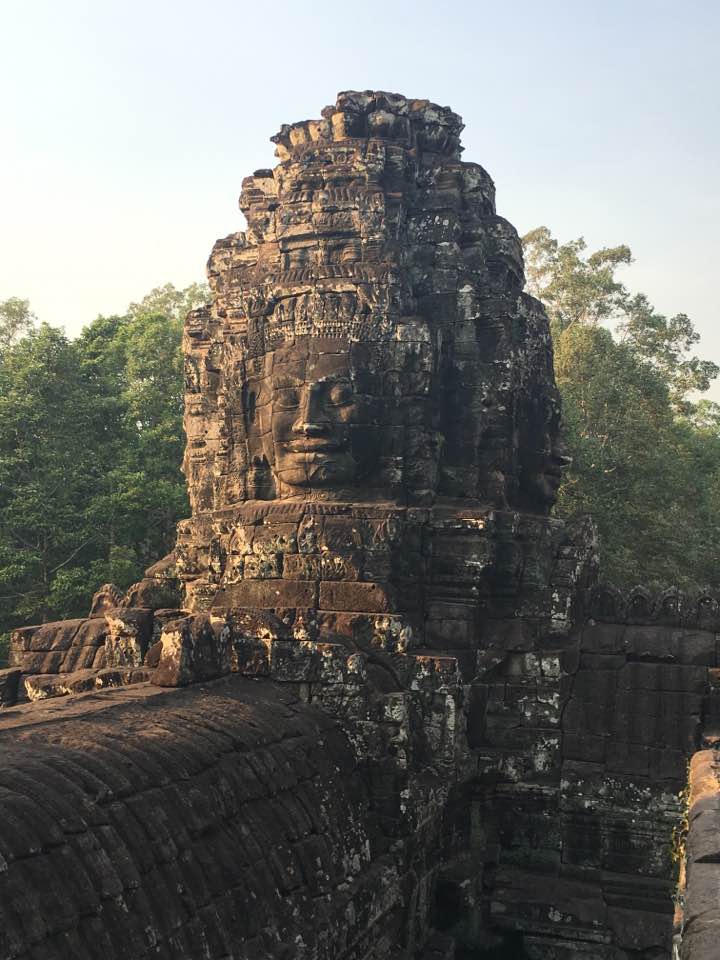
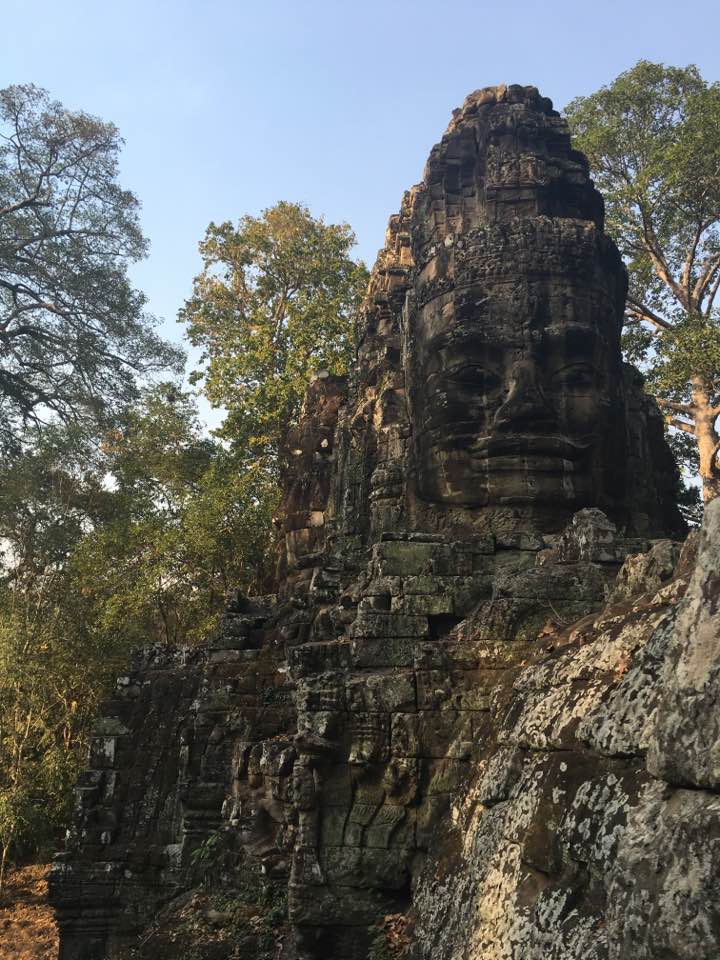
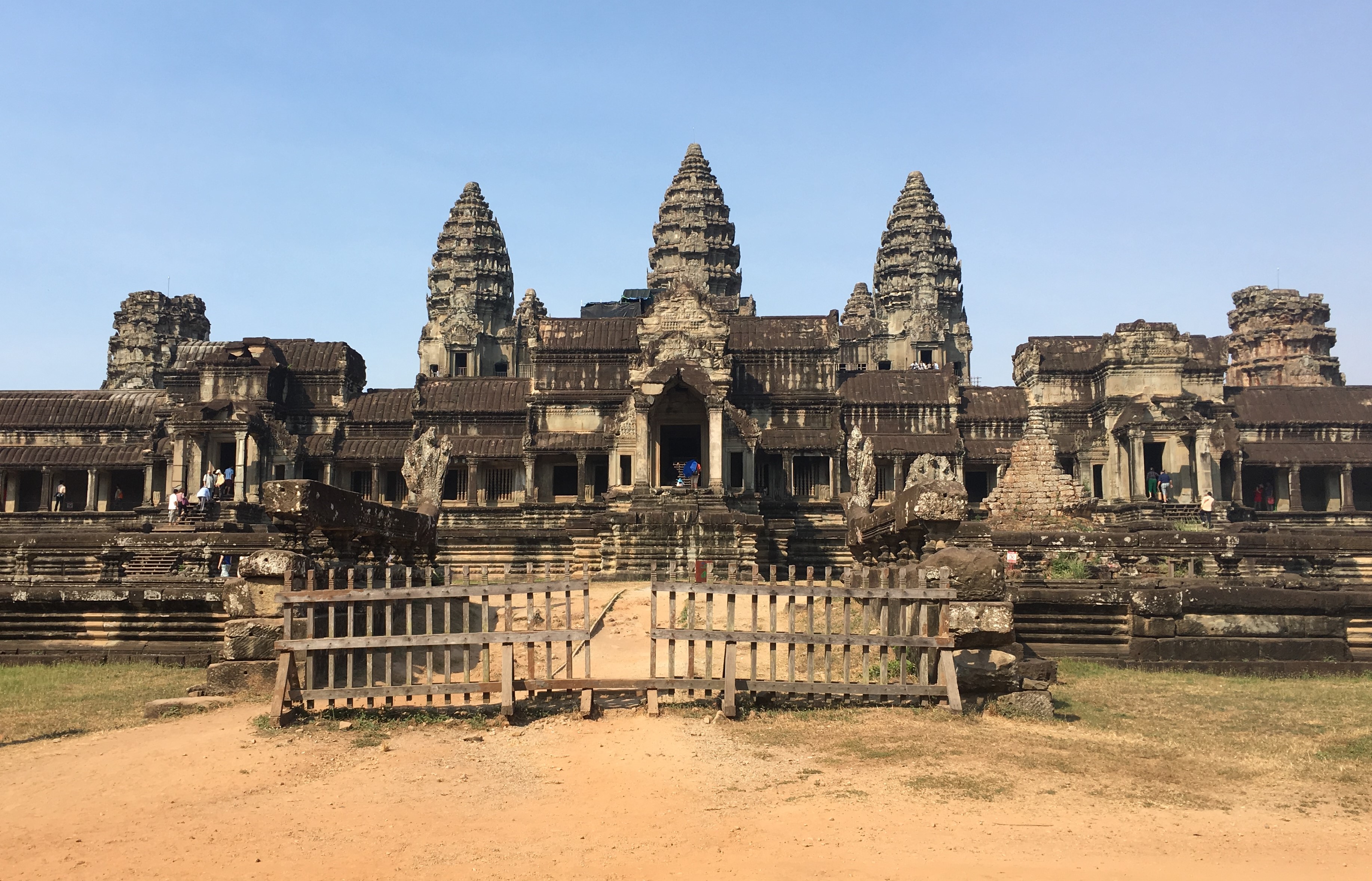
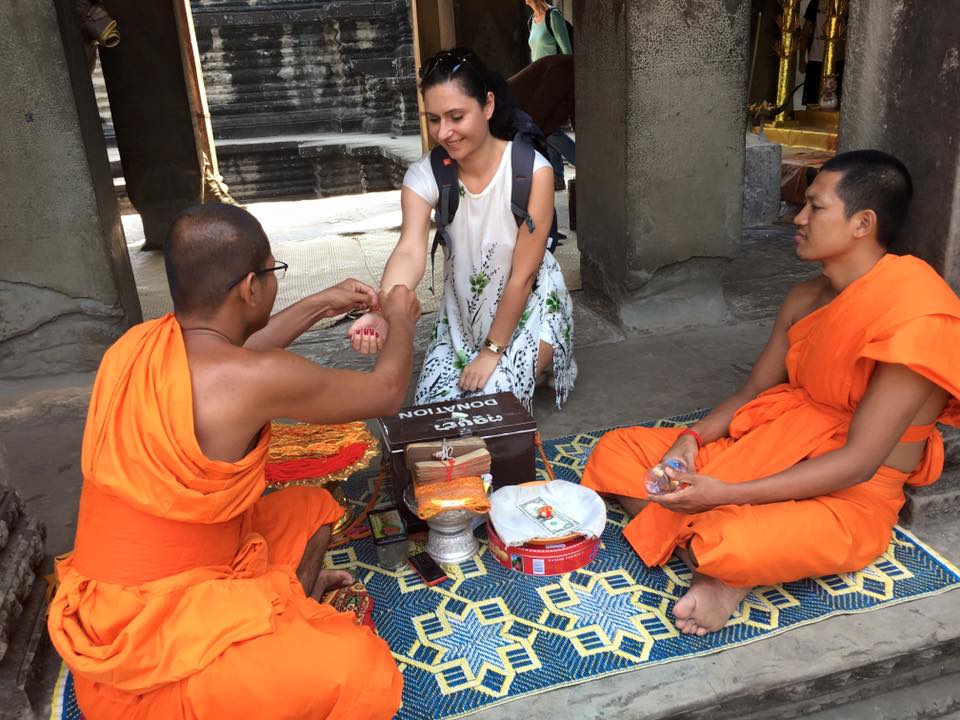

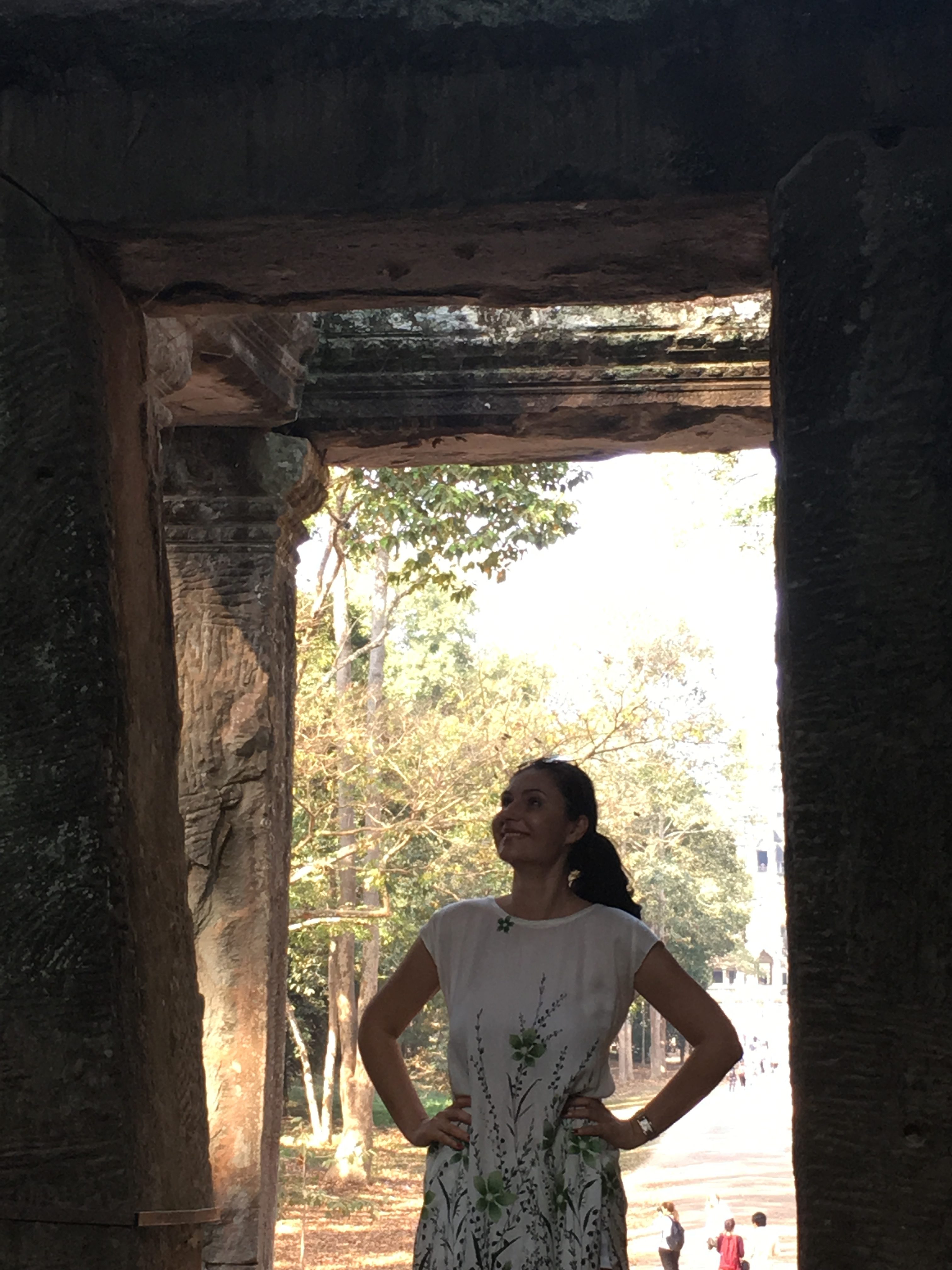

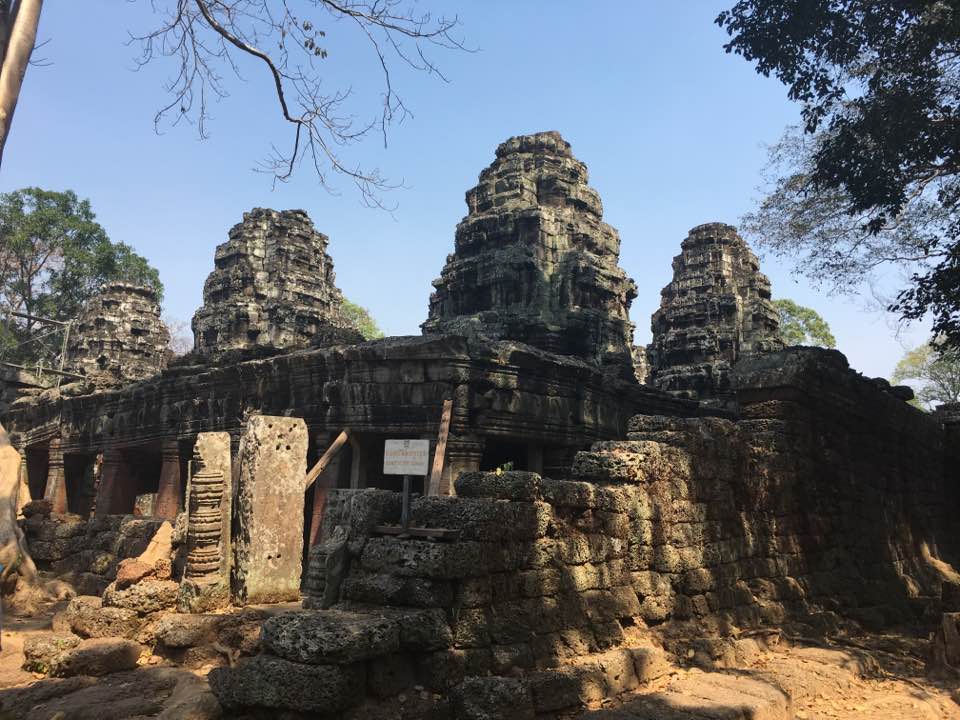
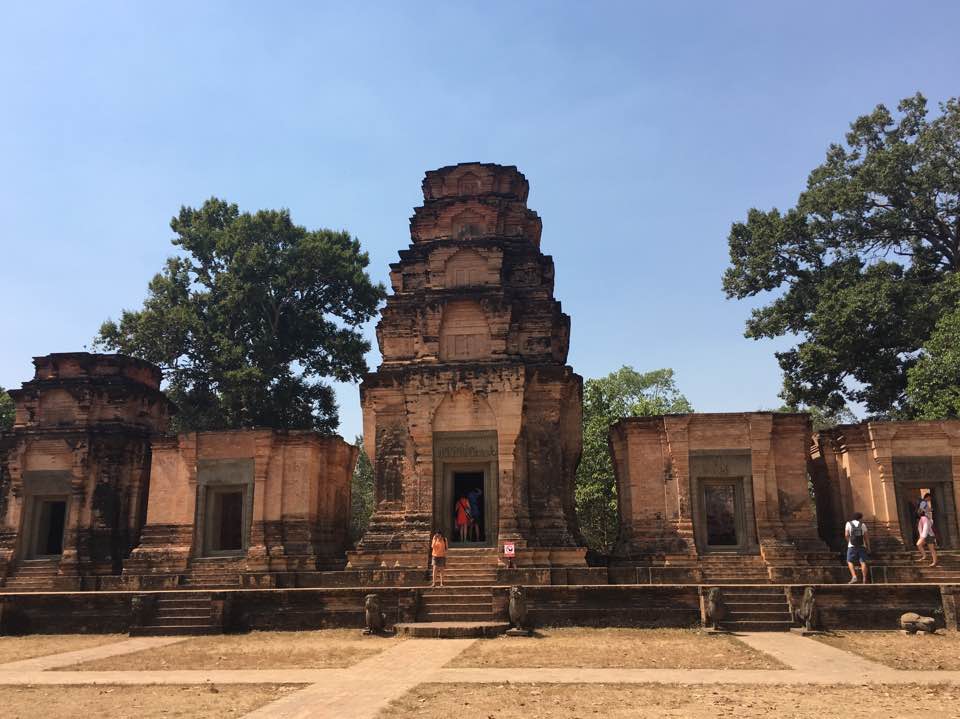
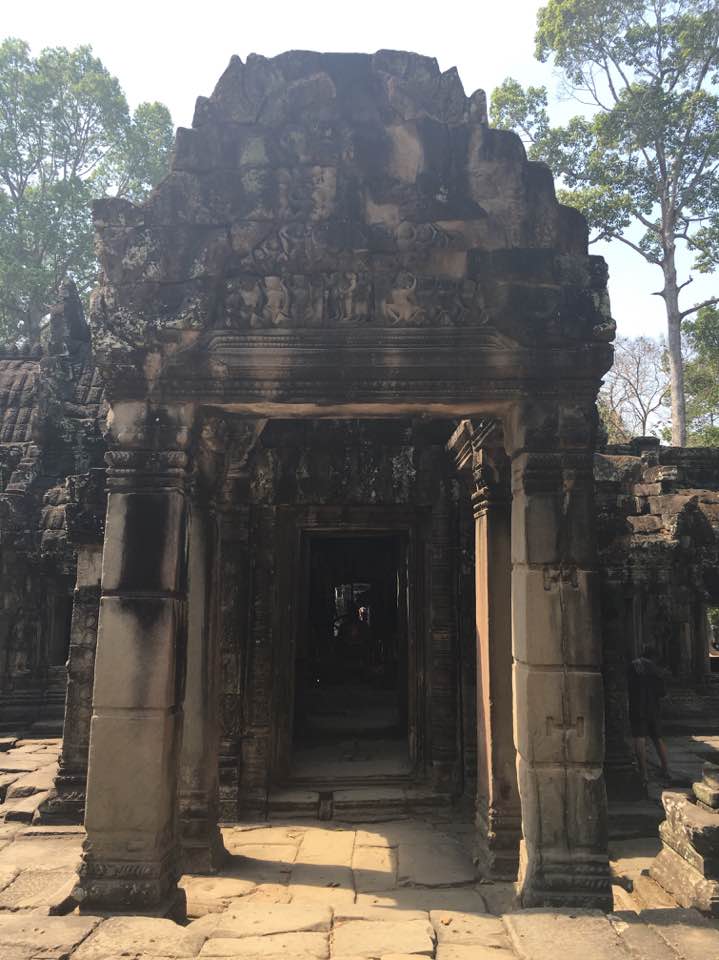
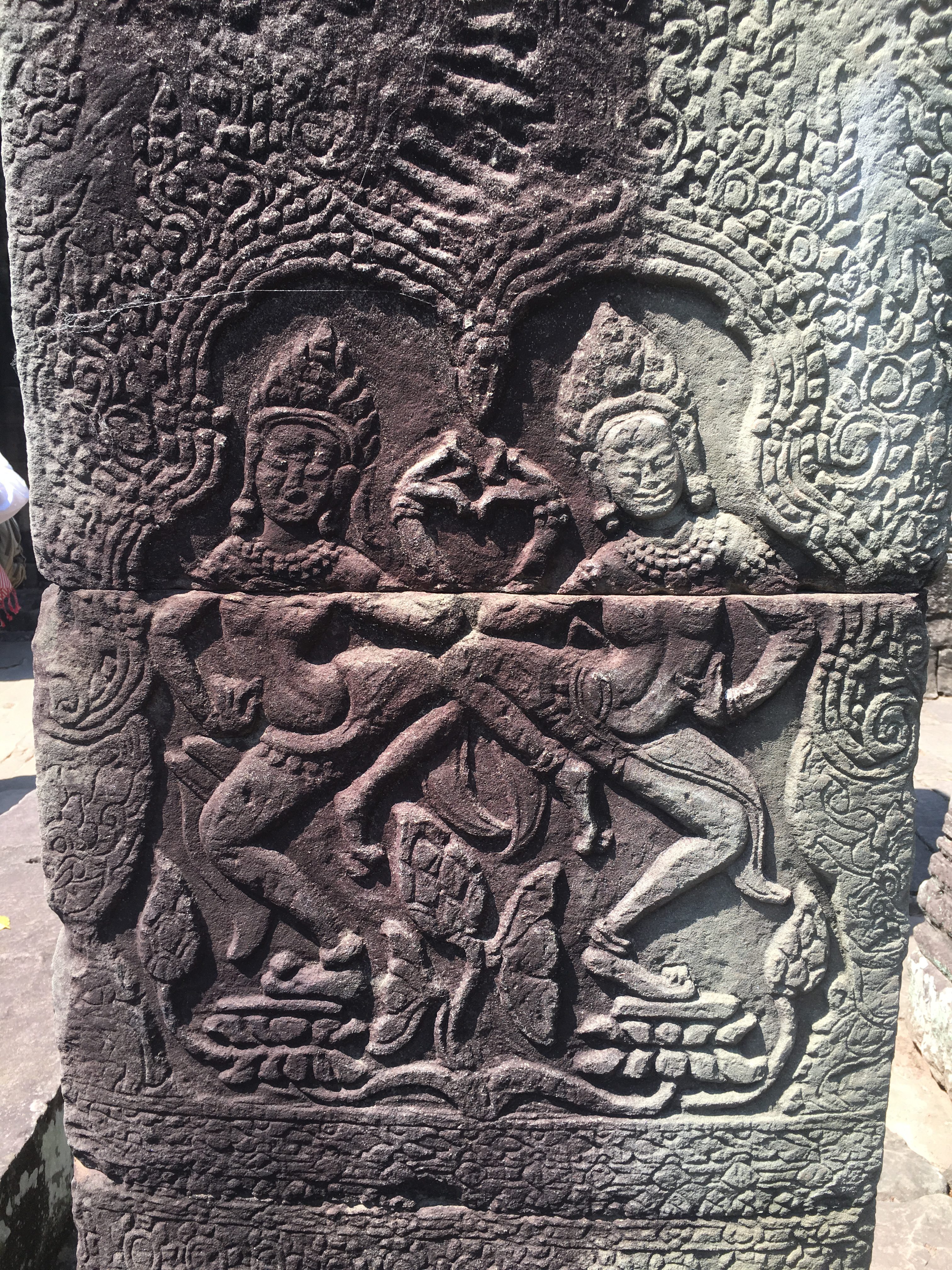
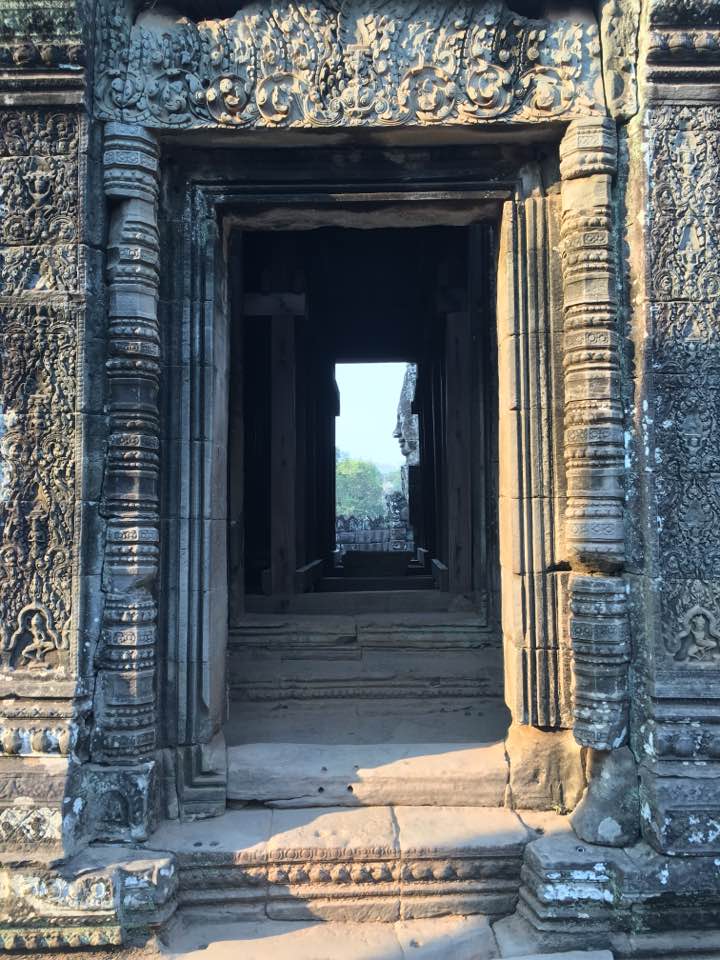
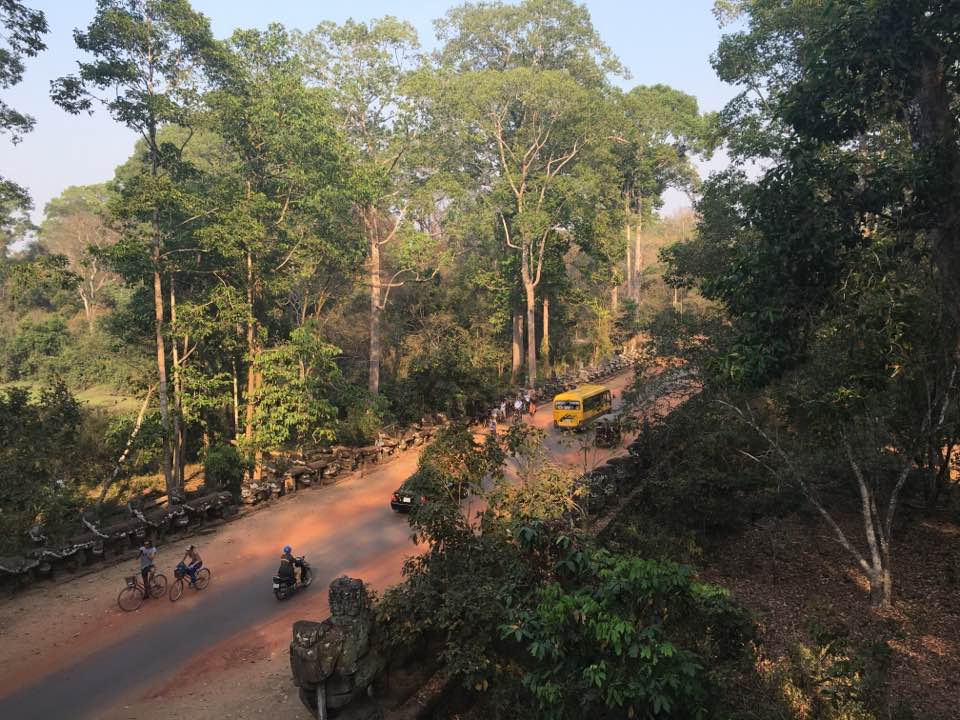
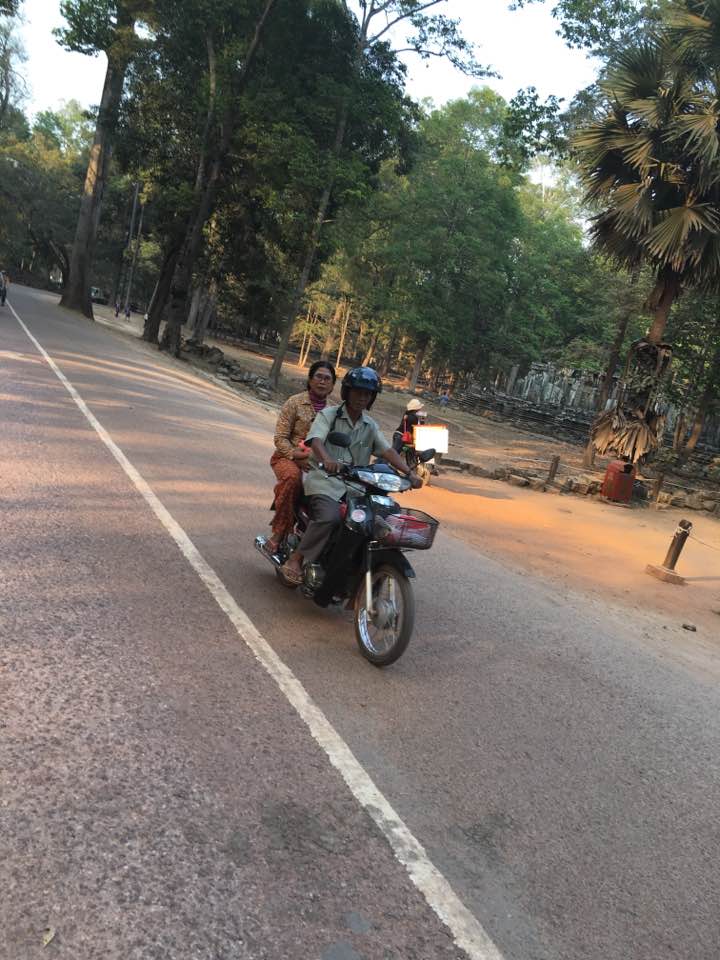
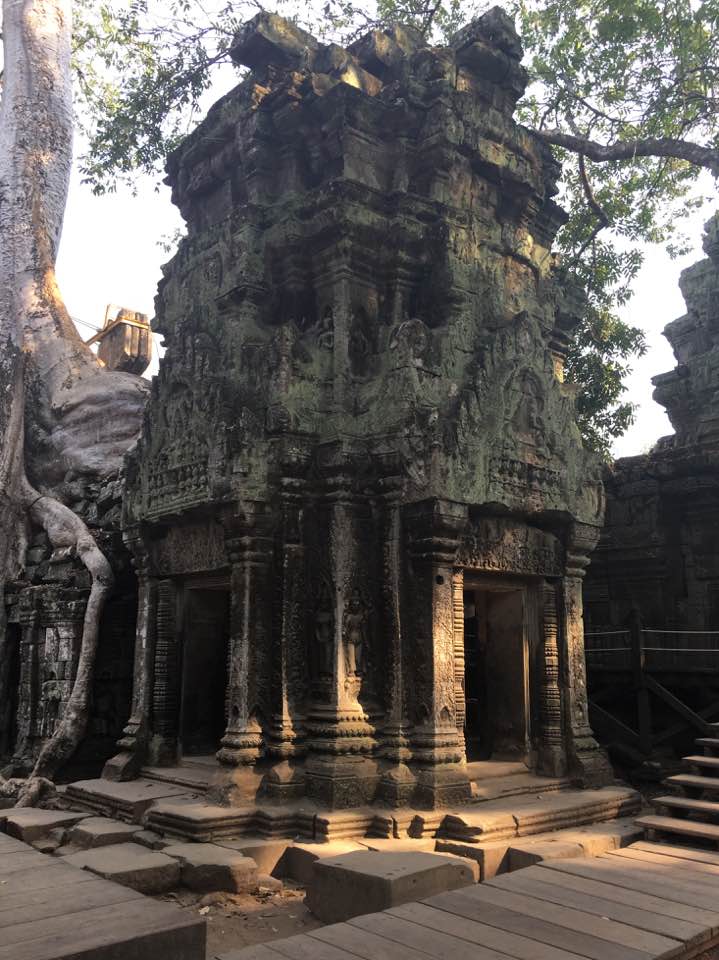
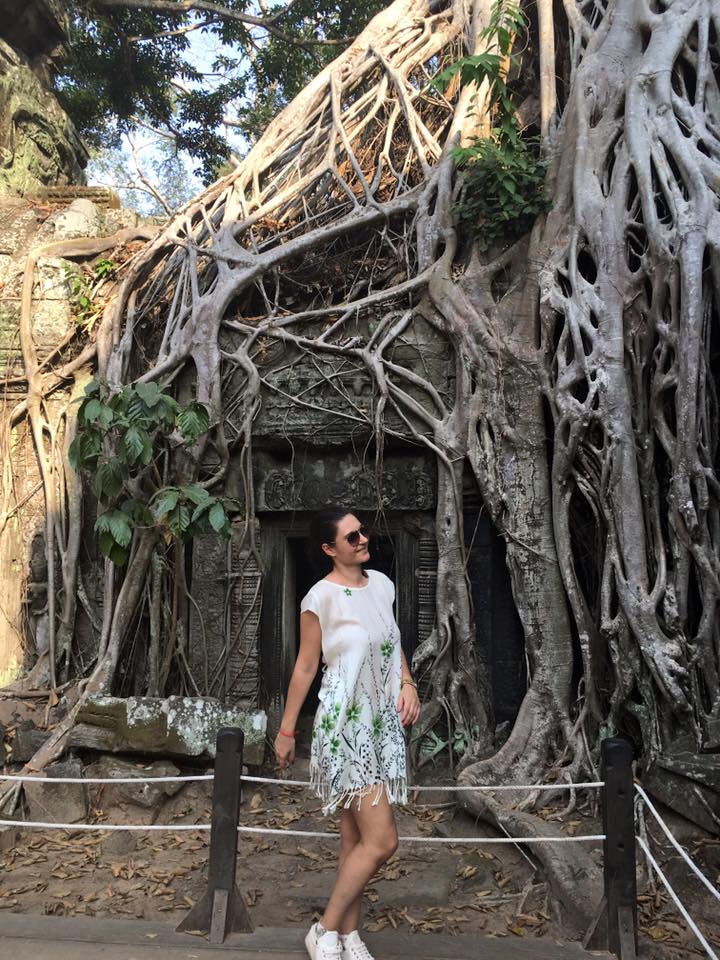
Angkor complex sites:
- Angkor Wat (meaning, “Temple City” or “City of Temples”) – the largest temple and religious monument in the world. Built in the 12th century.
- Phnom Bakheng ( Phnom means “Little Hill”) – a Buddhist and Hindu temple in the shape of a mountain dedicated to Shiva. Built in the 9th century.
- Baksei Chamkrong – a Hindu temple dedicated to Shiva. Built in the 10th century.
- Angkor Thom (meaning, “Great City“) – founded in the 12th century as the Khmer capital by King Jayavarman VII
- Bayon – a Buddhist temple in Angkor Thom built in 12 century as the official state temple
- Bephuon – a Hindu temple built in the 11th century and dedicated to Shiva. In the 15th century was converted to a Buddhist temple
- Phimeanakas – a Hindu temple in Angkor Thom. Built in the 10th century.
- Preah Palilay – a Hindu and Buddhist temple in Angkor Thom. Built in 12 century.
- Terrace of the Elephants – a large stand for public ceremonies in Angkor Thom
- Terrace of the Leper King – built in the 12th century with the statue of the Leper King on the platform of the Terrace. The statue represents the Hindu god of death, Yama.
- Preah Pithu – a group of five temples built in the 12th century
- Neak Pean (meaning, “Entwined Serpents”) – an artificial island with a Buddhist temple
- Ta Som (meaning, “Ancestor”) – a Buddhist temple built in 12th century dedicated to father of the King Jayavarman VII
- East Mebon – a Hindu temple built in 1oth century dedicated to Shiva
- Pre Rup (meaning, “Turn the body”) – a Hindu temple built in the 10th century
- Thommanon (derived from “Dhamma” and “nanda”, meaning “The Supreme wisdom“) – a pair of Hindu temples
- Chau Say Tevoda – a Hindu temple built in the Angkor Wat era
- Ta Keo (or “Hamasringagri”, meaning “The mountain with golden peaks”) – a temple in a form of the mountain, Mount Meru.
- Ta Prohm (meaning “Old Man”, but originally the temple’s name is “Ravajahira”, meaning “Monastery of the King”) – a Buddhist temple built in 12th-13th centuries as a monastery and university
- Banteay Kdei (meaning, “Citadel of Chambers” or “Citadel of Monks’ Cells“)
- Srah Srang – a water reservoir
- Presat Kravan (meaning, “Cardamom Sanctuary“) – a Hindu temple dedicated to Vishnu
- Banteay Samre (meaning, “Citadel of Samre“) – Samre were a ethnic group of Phnom Kulen mountain people
- Banteay Srei (meaning, “Citadel of Women” or “Citadel of Beauty“) – a Hindu temple built in 10th century dedicated to Shiva
- West Mebon – a temple surrounded by a moat. In Hinduism, the moat represents the sea of creation.
[contact-form][contact-field label=’Name’ type=’name’ required=’1’/][contact-field label=’Comment’ type=’textarea’ required=’1’/][/contact-form]
- The Most Luxurious Secret Castle Hotels in Italy: Romantic Escapes You Won’t Believe You Can Stay In - November 14, 2025
- Vienna, Where Time Waltzes — The Most Magical Things to Do in Vienna, Austria - November 8, 2025
- The Prettiest Castle Hotels in Scotland You’ll Want to Book Right Away - November 7, 2025

